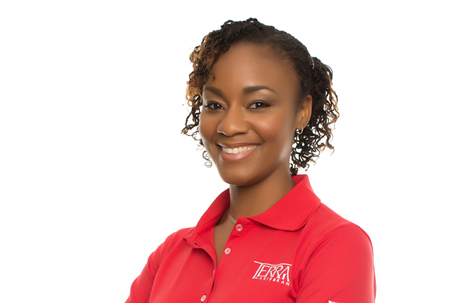Creating Office Environments to Attract Tenants
By Janelle Chandler, Assistant Manager on 04 Jan, 2018

Janelle Chandler, Assistant Manager Bsc Eng. MSc FM
In today’s tough economic times many companies have sought to reduce their footprint by optimizing their operations. This has subsequently reduced the demand for commercial office space across the island.
As a result, landlords are now forced to think outside the box and revamp their offering to attract the budget conscious, modern day commercial tenant who is looking for value for money when selecting their ideal office environment.
Here are some features that landlords as well as developers should consider when creating such spaces.
Office Amenities
The average person will spend approximately 50% of their waking hours in a workday in the office!
More and more companies have been focusing on workplace wellness and creating environments that promote employee wellbeing in recent years. Providing office spaces equipped with a shared fitness zone and informal lounge space would support this initiative.
Another hot commodity on the list of amenities is shared meeting/conferencing spaces. One may ask why would this be an attractive feature...cost savings! With reduced footprints and lean operations, commercial tenants are requesting this amenity. Why pay full price for an underutilized space?
Lastly but certainly not least is designated storage space which is removed from the office but still easily accessible. Even though many companies have been successful in reducing the number of files and other items they store, the need for storage space is still exists. Offering designated storage separate from the office space at a reduced rental rate would be attractive. This would allow tenants to have easy access to their items and save on offsite storage fees.
Back-up Power
A must have in the technological age!
As business operations advance and the use of technology increases, it is virtually impossible for companies to function without powering critical devices such as servers and modems. In our tropical climate, powering the building’s cooling system must also be taken into consideration to maintain a comfortable office environment. Office buildings should be equipped with generators that can carry the full load of the facility during a power outage.
Energy Efficient Design/Green Building Features
Electricity cost is one CAM (common area maintenance) service charge component that is scrutinized by prospective tenants as energy costs continue to rise in Barbados.
Developers and landlords should consider the use of alternative energy sources such as photovoltaics to reduce the electricity consumption and the building’s carbon footprint. Other green building features include the use of double glazed windows with a low e-rating which reduce the solar gain (heat load) of the building and in turn reduces the amount of cooling required. The use of high solar reflective paint coatings and cladding have also been employed to reduce heat loads in tropical climates. One of the more popular green features are LED (light emitting diode) fixtures which have been lauded as a significant energy reducer especially in existing buildings where standard fluorescent fixtures have been upgraded to LEDs. Building cooling is responsible for a substantial portion of energy consumption in offices, which has driven the adoption of energy efficient air condition systems that utilize variable refrigerant flow (VRF) technology.
Consideration must also be given to water conservation. In commercial buildings the installation of low flow plumbing devices in common area bathrooms should be considered.
Operations and Maintenance
Timely communication with tenants can make the world of difference in fostering and maintaining good relationships with them as the landlord. Employing tech solutions that will enable tenants to log issues and receive automatic progress updates would set apart an office environment from the competition.
Landlords should also ensure that indoor air quality (IAQ) testing is carried out at least annually. This should include testing air samples for mould and other particulates as well as monitoring indoor comfort parameters.
Providing prospective tenants with this information will offer them peace of mind that the environment, which they are about to lease, provides a healthy indoor climate.
